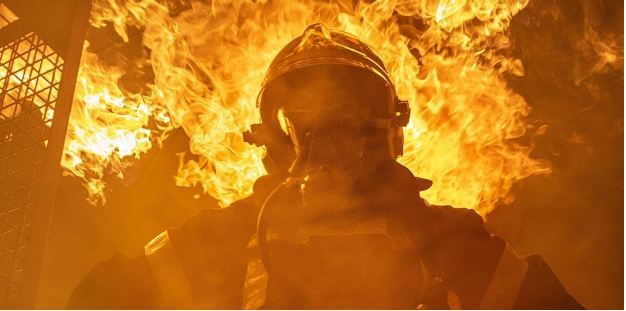What do you know about Flame retardant textiles?

The use of flame retardant textiles
Textiles and manufacturing are all around us. The widespread use of textiles raises the risk of catching fire. As a result, using these textiles instead of standard ones appears logical. Tapestries, couches, and other fabrics, for example, their use comes in homes and theatres for a variety of reasons. Clothing is a very popular application. Contrary to popular belief, most fire retardant fabric is not fire-resistant due to thin natural fiber layers that burn quickly. If the use of FR textiles is dangerous, it is a viable solution. Furthermore, these textiles go hand in hand with clothing standards to have protection while maintaining comfort. When fireproof materials in cloth burn rather than the wearer’s flesh, the wearer is safe from flames. Fireproof fabric materials play a vital role in fire safety.
Protective materials come into use more frequently in clothes, curtains, and furnishings as technology advances. As a result, homes and businesses are less likely to catch fire. Certain businesses and occupations, such as firefighting, require the use of such textiles. Firefighters are frequently prone to burn structures that expose them to high temperatures and direct flames.
Categories of fire retardant fabric
Inherent FR
The ARC, heat, and fire protection are all excellent. Furthermore, even after recurrent washing, the color of these textiles does not fade. Furthermore, these textiles provide a lighter and more comfortable working environment. These textiles have a more formal appearance, which makes them appealing. These fabrics without flame retardant fabric treatment, on the other hand, provide inadequate protection against extreme heat.
Treated FR
These textiles have a high resistance to ARC and molten metal. Dealing with flame retardant cloth, on the other hand, is less expensive and offers good value for money. These materials, on the other hand, have both a short and a long lifespan. Similarly, after several washes, the color of the fr treatment for fabric fades. Furthermore, because of the bulkier nature of the material, treated clothing is less comfortable.
Finally, after examining various types of cloth, it is up to you to decide on the type of FR treatment. There are a few things to consider when selecting protective clothing. The weather, above all, influences the decision to obtain tissue. Inherent Flame retardant textiles may be ideal for light work because they are more comfortable and can come into use more frequently; however, when using treated materials, it is sometimes optional that they are less comfortable.
Testing these fabrics
It is simpler to classify them as capable of withstanding combustion, flames, and heat. Various laboratory tests reflect real-world situations met by these fireproof fabric materials. The results define the quality of the fabric and clearly show the criteria for each component of the fabric, allowing textiles for testing in accordance with safety regulations. These guidelines ensure that the buyer’s money is spent on the appropriate items.
During laboratory testing, the speed of burning in these fireproof materials is put into a note, which aids in determining their quality. The flame retardant material fabric typically goes under changes with fire, either from wood or gas, and cigarettes are occasionally the ways testing fabric durability. The criterion for fireproof furniture is the fire retardance rating.
It is also possible to test these textiles after washing. Washing may also weaken the material and reveal additional flaws. Furthermore, chlorine and detergents may weaken these flame retardant textiles. This is why it is frequently used in textiles for precise washing. Because FR-treated products frequently have a chemical layer washing with detergent and bleach is common. The coating improves the cloth’s fire retardancy, but it has a lower heat efficiency without it. As a result, the likelihood of tissue failure increases.
Directions to select your fireproof fabric materials
It can be difficult to choose the best protective material from the many textiles available when looking for the best protective material. However, you can easily solve this problem by following a few simple steps. To begin, evaluate the workplace environment so that appropriate materials can be particular. The hiring of expert workers aids in the assessment of the environment. Professionals like these reveal risks and hazards at work. Second, their designs allow them to work more effectively with flame retardant material fabric; intrinsic textiles are less safe than treatment fabrics, so using them in a high-heat environment could be disastrous.
Finally, the best protective textiles must be compliant with EN standards. The purpose of these guidelines is to lay out a set of requirements that each material must meet in order to be legally sold. Flammable retardant materials should be long enough to withstand a fire threat before being bought; otherwise, they aren’t important.



